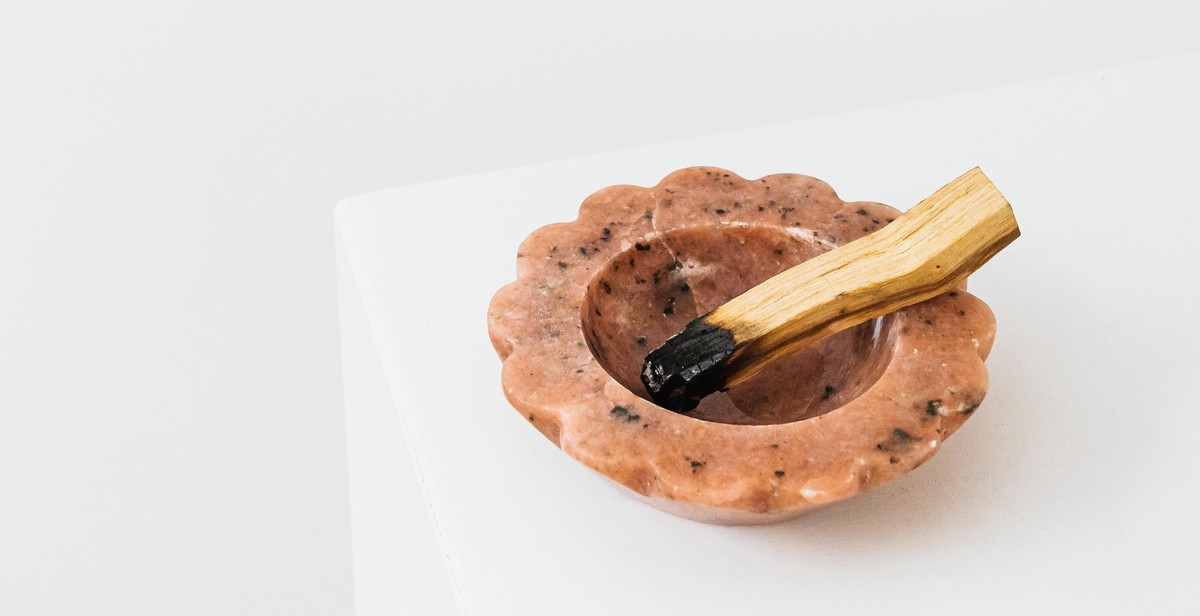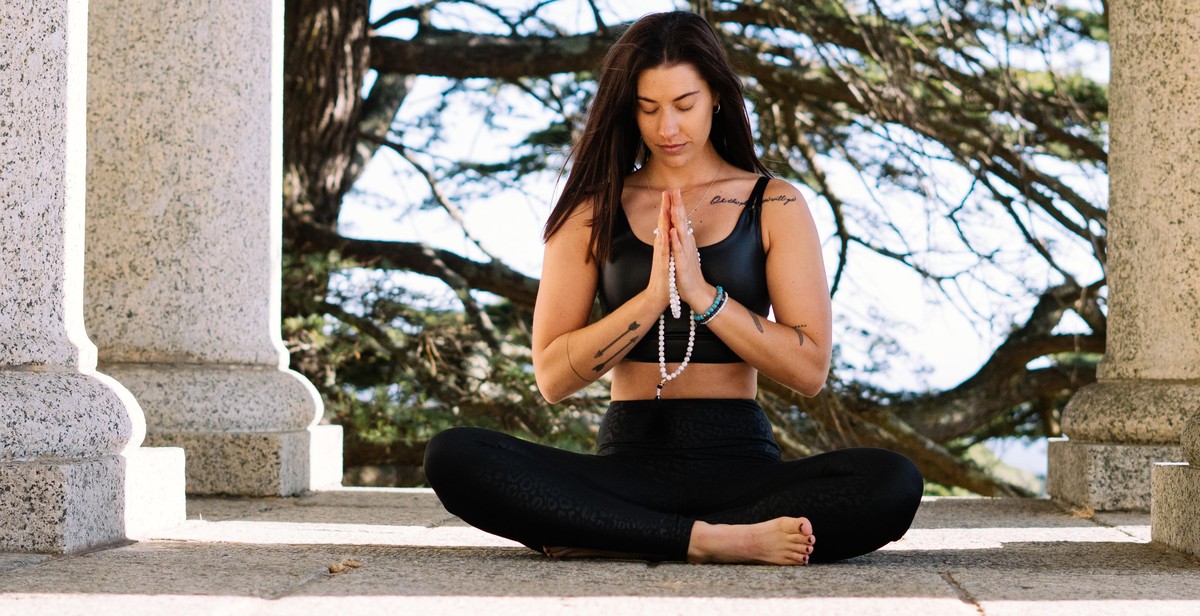Introduction: Developing a Daily Meditation Practice
Nowadays, people are living in a fast-paced world where stress and anxiety have become a part of everyday life. Meditation is a proven technique that can help individuals cope with the daily stressors and improve their overall well-being. The benefits of daily meditation practice are numerous, including reduced stress and anxiety, increased focus and concentration, improved emotional regulation, and enhanced self-awareness.
The Benefits of Daily Meditation Practice
Research has shown that daily meditation practice can help reduce stress and anxiety levels, leading to improved overall mental health. Meditation also improves focus and concentration, which can help individuals perform better in their personal and professional lives. Moreover, regular meditation practice enhances emotional regulation, allowing individuals to respond to situations with more calmness and clarity. It also helps individuals become more self-aware and mindful of their thoughts and actions, leading to better decision-making skills.
- Reduces stress and anxiety levels
- Improves focus and concentration
- Enhances emotional regulation
- Increases self-awareness and mindfulness
Developing a daily meditation practice can seem challenging at first, but with patience and dedication, it can become a natural part of your daily routine. In the following sections, we will discuss some practical tips and techniques to help you establish and maintain a successful daily meditation practice.

Getting Started with Daily Meditation Practice
Meditation is a powerful tool that can help you reduce stress, increase focus, and improve your overall well-being. However, starting a daily meditation practice can be challenging, especially if you have never meditated before. Here are some tips to help you get started:
Find a Quiet and Comfortable Space
When meditating, it is essential to find a quiet and comfortable place where you can sit or lie down without any distractions. Choose a spot where you can be alone and free from noise and interruptions. You can use a meditation cushion or a chair to help you maintain a comfortable posture.
Choose a Time That Works for You
It is essential to set aside time for meditation every day. Choose a time that works best for you, whether it’s early in the morning, during your lunch break, or before going to bed. Make sure you schedule your meditation practice at a time when you are least likely to be distracted or interrupted.
Start with Short Sessions
Starting with short meditation sessions can help you build your practice gradually. Begin with five to ten minutes and gradually increase the duration as you become more comfortable with the practice. Remember, consistency is key, so it’s better to meditate for a short time every day than for a long time once a week.
Focus on Your Breath
One of the most important aspects of meditation is focusing on your breath. When you sit down to meditate, take a few deep breaths and then let your breath flow naturally. Focus on the sensation of your breath moving in and out of your body. If your mind wanders, gently bring your attention back to your breath.
- Find a quiet and comfortable space
- Choose a time that works for you
- Start with short sessions
- Focus on your breath
By following these tips, you can start a daily meditation practice and enjoy the many benefits that come with it.

Different Types of Meditation
Meditation is a practice that has been used for thousands of years to promote relaxation, concentration, and spiritual growth. There are many different types of meditation, each with its own unique benefits and techniques. In this section, we will explore three popular types of meditation: Mindfulness Meditation, Loving-Kindness Meditation, and Transcendental Meditation.
Mindfulness Meditation
Mindfulness meditation is a type of meditation that involves focusing your attention on the present moment. This type of meditation is often used to reduce stress, anxiety, and depression. During mindfulness meditation, you focus on your breath, sensations in your body, and thoughts that arise without judgment. The goal of mindfulness meditation is to develop a greater awareness and acceptance of your thoughts and feelings, which can lead to a greater sense of inner peace.
Loving-Kindness Meditation
Loving-Kindness meditation is a type of meditation that involves cultivating feelings of love, kindness, and compassion towards yourself and others. During Loving-Kindness meditation, you repeat phrases such as “May I be happy, May I be healthy, May I be safe” to yourself and then extend these wishes to others. This type of meditation is often used to improve relationships, reduce anger and resentment, and increase empathy and compassion.
Transcendental Meditation
Transcendental Meditation is a type of meditation that involves the use of a mantra, which is a word or phrase that is repeated silently. During Transcendental Meditation, you sit with your eyes closed and repeat your mantra to yourself. This type of meditation is often used to reduce stress, improve focus and concentration, and promote spiritual growth. Transcendental Meditation is typically taught by a certified teacher and requires a specific technique.
| Type of Meditation | Benefits | Technique |
|---|---|---|
| Mindfulness Meditation | Reduces stress, anxiety, and depression; increases awareness and acceptance of thoughts and feelings | Focus on breath, sensations in the body, and thoughts without judgment |
| Loving-Kindness Meditation | Improves relationships, reduces anger and resentment, increases empathy and compassion | Repeat phrases of love, kindness, and compassion towards yourself and others |
| Transcendental Meditation | Reduces stress, improves focus and concentration, promotes spiritual growth | Use of a mantra, repeated silently with eyes closed |
Overall, there are many different types of meditation to choose from, each with its own unique benefits and techniques. Experimenting with different types of meditation can help you find the one that works best for you and your individual needs.

Tips for Maintaining a Daily Practice
Developing a daily meditation practice can be challenging, but with these tips, you can make it a habit:
Set Realistic Goals
Setting realistic goals is crucial when starting a daily meditation practice. It’s important to start small and gradually increase the duration of your meditation sessions. For instance, you can start with five minutes of meditation and gradually increase the duration to 20 minutes or more. This approach can help you avoid feeling overwhelmed and discouraged.
Use Guided Meditations
A guided meditation is an excellent tool for beginners and experienced meditators. It helps you stay focused on the present moment and provides guidance on how to breathe and relax. Guided meditations are available in various forms such as apps, audio recordings, and YouTube videos. You can choose the one that works best for you and use it as a tool to maintain your daily practice.
Join a Meditation Group
Joining a meditation group can be beneficial for maintaining a daily practice. It provides a sense of community and support, which can help you stay motivated. In addition, meditation groups offer an opportunity to learn new techniques and receive guidance from experienced meditators. You can find meditation groups in your local community or online.
Be Consistent
Consistency is key when it comes to maintaining a daily meditation practice. It’s essential to set aside a specific time each day for meditation and stick to it. Whether it’s early in the morning or before bedtime, find a time that works best for you and make it a part of your daily routine. Consistency can help you build a habit and make meditation a natural part of your day.
| Tip | Description |
|---|---|
| Set Realistic Goals | Start small and gradually increase the duration of your meditation sessions. |
| Use Guided Meditations | Guided meditations can help you stay focused and relaxed. |
| Join a Meditation Group | Joining a meditation group can provide support and guidance. |
| Be Consistent | Set aside a specific time each day for meditation and stick to it. |

Conclusion
Developing a daily meditation practice may seem daunting at first, but with patience and consistency, it can become a valuable tool for promoting physical, mental, and emotional well-being.
Start by setting aside a few minutes each day to sit in a quiet place and focus on your breath. Gradually increase the length of your meditation sessions as you become more comfortable with the practice.
It’s important to remember that there is no right or wrong way to meditate. What works for one person may not work for another, so it’s important to experiment with different techniques and find what resonates with you.
Some tips for making meditation a habit include setting a specific time each day to meditate, finding an accountability partner, and using guided meditations or apps to help you stay on track.
Remember, the benefits of meditation are numerous and can have a positive impact on all aspects of your life. By committing to a daily meditation practice, you can reduce stress, improve focus and concentration, and cultivate a greater sense of inner peace and well-being.
| Key Takeaways: |
| 1. Start small and gradually increase your meditation practice. |
| 2. Experiment with different techniques to find what works for you. |
| 3. Make meditation a habit by setting a specific time each day and finding an accountability partner. |
| 4. The benefits of meditation are numerous and can improve all aspects of your life. |
With dedication and commitment, you can develop a daily meditation practice that will help you find greater peace, focus, and well-being in your life.
